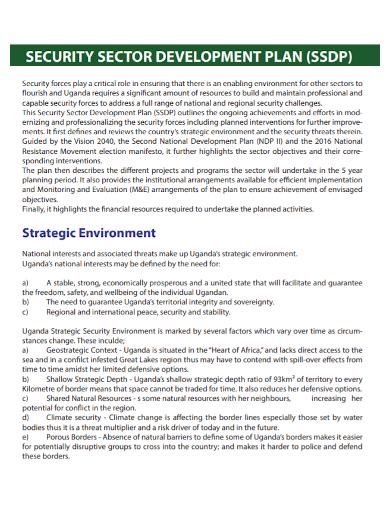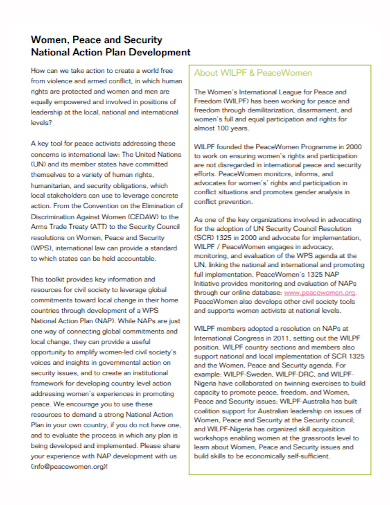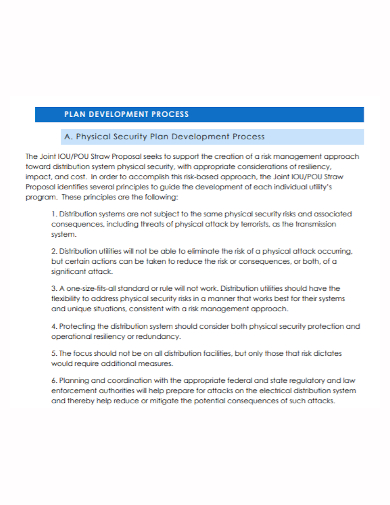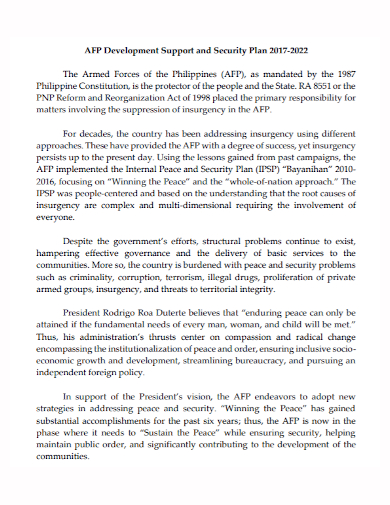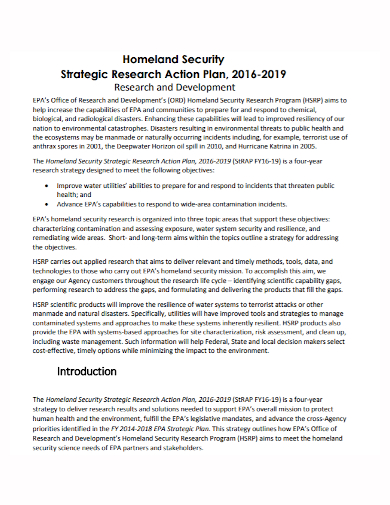Individuals are usually motivated by development. When development is aligned with the goals of the organization and future needs, it allows you to address the principal problem and build motivation within your organization. Especially when dealing with components like security in and around your company. Security management is the identification of your assets which include people, buildings, machines, systems, and information, followed by the general development and implementation of policies and procedures for this component. Effective and reliable security in a workplace is very important because a proper security in place reduces insurance, compensation, liabilities, and other expenses that the company must pay to their stakeholders. Which ultimately leads to an increase in overall business revenue and a reduction in the overall operational charges.
Essentially, proper security management and development applies multiple principles of different branches. From risk management to the management of security threats. Though despite the overall importance of this component, most organizations still fall short on the matter. More often than not, the security of startup and small businesses are usually lackluster. Not that they can’t afford a better robust security, but rather they do not have the knowledge and the skills to properly put it in place. That is why for projects like these, it is best to draft a development plan. A tool that can help you with the overall planning, development, and implementation of any parameter or protocol that you want to be established.
A well written development plan provides focus, helping your organization map out the path towards the goal that you have set for yourself. It allows you to make better calculated decisions, and prevents you from taking backward repetitive steps. A plan like this lets you strategize and easily get back on track when something goes wrong in the middle of your development. Security development plans are jut slightly different from employee or personal development plans. Those documents revolve around and are owned solely by an individual or a group of people. While security development plans revolve around establishing the necessary parameters and frameworks needed around your organization.
Security development plans are not simple documents to draft. Before you attempt writing it, first check out these security development plan samples that we have listed for you down below. Once you have acquainted yourself with the document, with what it looks like and how it works, feel free to use these samples as guides or even as templates to aid you when you actually begin writing the document.
5+ Security Development Plan Samples
1. Security Development Plan Template
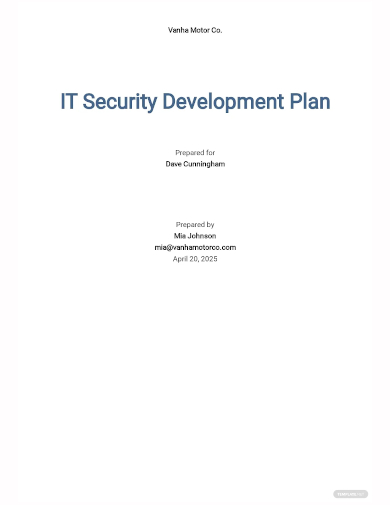
2. Security Sector Development Plan
3. Security Development Action Plan
4. Physical Security Development Plan
5. Security Support Development Plan
6. Security Research Development Plan
What Is a Security Development Plan?
A security development plan is a document that works almost just the same as a personal development plan, with the only difference in the scale and the scope of which the document covers. Essentially, it enumerates the goals, the skills required, competency development, and the objectives the organization must accomplish to fully support the continuous improvement and development of a component. Which in this case, is the organizational security of your company. A security development plan is created by the managers and the supervisors working closely with staff members to gauge the necessary skills and resources to support the goals of the company and its needs. A well thought out development plan of any kind allows you to provide your employees with the opportunities and a clear direction on how to better increase the capabilities of a component of an organization which in turn advances their careers. Significantly expanding the boundaries of the company will give you more tools to help your business continue moving forward. It’s basically a win-win situation.
Elements of a Security Development Plan
There are multiple different formats when writing a development plan. It can be a simple document, or you could draft it with a table that has rows and columns in it. The format helps you with how you see the document, making it work better for you if you draft it the way you would understand it. Just make sure that you are using a format that allows you to think over your goal methodically and how you intend to reach those goals. Lastly, a development plan works best as a live document. It should be something that you update from time to time. Dosing so will allow you to set even more new goals that can help you and the component that you are working evolve and become better. Listed below are some steps that we think can help you with the writing process of the document. Aside from that, we’ve also thrown in some tips here and there to supplement the steps.
1. Establish development goals
Establishing your goal early on is important because it helps put things in perspective. You need to be perfectly clear with what you want to achieve and how you plan to achieve it. Diving into a venture without a clear objective is closely synonymous to setting you and your organization up for failure. Clear goals carve the paths themselves. Which helps your entire organization more likely to cooperate with the development plan.
2. Prioritize those goals
Once you have identified your goals, it’s time to put them forward. Make sure that with the security development plan, you and your team are actively working towards your objectives. Consider the steps that you will be taking and evaluate them if they are absolutely necessary. Remember that you can’t do everything at once, so you need to make sure that you have everything planned out, and set in timeframes in which those tasks are to be carried out.
3. Set deadlines
Deadlines are a good source of motivation. Knowing when you want to achieve the goal is crucial and picturing your future is an integral part in moving forward. Don’t set your deadlines to be either too tight or too lax. When do you picture your plan coming into fruition? When do you expect the development to be fully complete? Realism factors are vital because it helps you get up from the pitfalls of your own devices or the mistakes that you have made along the way.
4. Recognize threats and opportunities
Along the way of your development, there will surely be things that prevent you from achieving the goals that you have set. This could range from the lack of motivation, to more technical problems like the lack of manpower or resources. These things will surely be a factor, So you need to be able to prepare yourself to deal with these things ahead of time. So that when the time comes, you and your team can work with it easily.
5. Establish a support network
There are just things that cannot be completed by a single individual on their own. And this is one of those things. List the people that can help you throughout your development. Individuals that you can tap for assistance or departments that you can approach for the completion of certain tasks.
6. Measure progress
Development plans work best as ‘live’ documents. So you have to check the plan from time to time not just to measure progress, but also to evaluate if you are actually making any progress. Recognize the elements that have gone well and try to work around elements that didn’t. Update, adapt, change, as the project that you are working on changes and evolves over time.
FAQs
What are the 8 components of a security plan?
- Purpose
- Audience
- Information security objectives
- Authority and access control policy
- Data classification
- Data support and operations
- Security awareness and behavior
- Responsibilities, rights, and duties of personnel
What is a security plan?
Security planning includes the control for future implementation and the resources that are to be used in the future. It refers to the initiatives that can improve the security in and around your organization.
What are the five SMART objectives?
- Specific
- Measurable
- Achievable
- Realistic
- Timed
Development plans are actually a lot like action plans. Working documents that are actively used the both the employees and the management in a company. These documents make sure that the organization as a whole is continuously growing, as well as the employees within it. With the templates and the tips that we have given you in this article, you should now be more than able to write a comprehensive and effective development plan of your own.
Related Posts
FREE 10+ Management Work Plan Samples
FREE 10+ Security Incident Response Report Samples
FREE 10+ School Development Plan Samples
FREE 10+ Cyber Security Proposal Samples
FREE 9+ Operational Plans for Hotel
FREE 9+ Sample Risk Management Implementation Plan
FREE 9+ Branding Plan Templates
FREE 9+ Security Training Proposal Samples
FREE 10+ Agricultural Project Proposal Samples
FREE 10+ Strategic Training Plan Samples
FREE 10+ Strategy Implementation Plan Samples
FREE 10+ Research and Development Plan Samples
FREE 9+ Performance Development Plan Template
FREE 9+ Contingency Plan Samples
FREE 6+ Sample Business Development Plan

